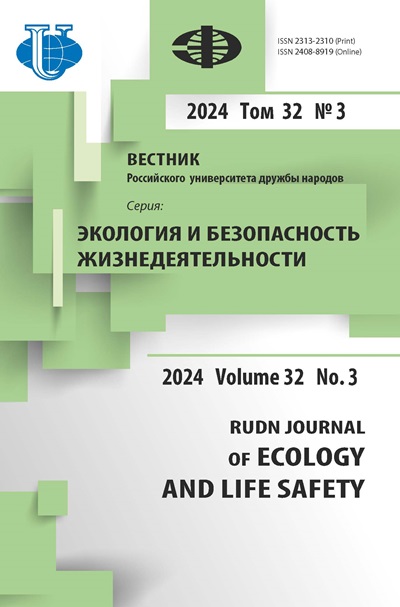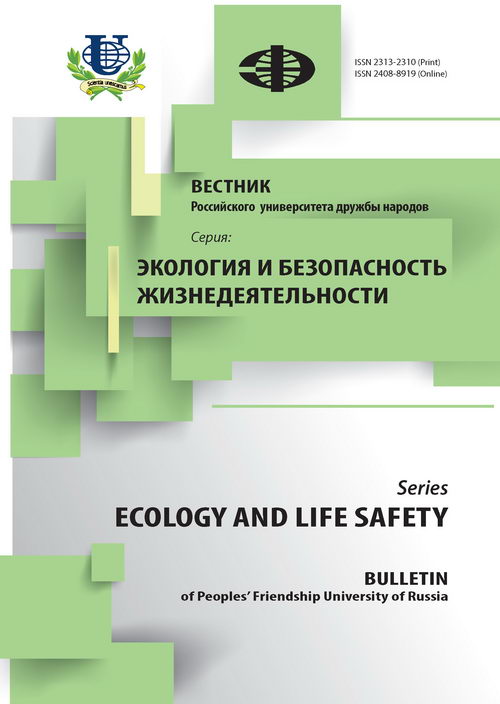Some features of biology and breeding of different species of oryxes
- Authors: Ostapenko VA1
-
Affiliations:
- Moscow state academy of veterinary medicine and biotechnology of name K.I. Skryabin
- Issue: No 2 (2013)
- Pages: 25-33
- Section: Articles
- URL: https://journals.rudn.ru/ecology/article/view/12675
Cite item
Full Text
Abstract
In 1996—2001 the author worked in the Ar-Riyadh Zoological Gardens (Kingdom of Saudi Arabia) under the contract, as the zoo director. For this period it carried out continuous supervision over a collection of animals of a zoo, paying special attention to animal species rare and being on the verge of disappearance. Conditions of the contents and feature of biology and behavior of the following types and subspecies of Oryx’s are considered: Arabian Oryx — Oryx leucoryx (Pallas, 1777), Scimitar-Horned Oryx — Oryx dammah (Crestzschmar, 1826), Beisa Oryx — Oryx gazella beisa (Ruppell, 1835) and Gemsbok — Oryx gazella gazella (Linne, 1758). The city of Riyadh is located in a subtropical arid zone and has average summer temperatures air temperature +35,5 °C and humidity of 22%, average winter temperature +16,2 °C and humidity of 55%. The climate as well as possible is suitable for the animals adapted for it naturally what all types of the sort Oryx are. The success of cultivation Oryx’s in the Ar-Riyadh zoo where the third generation of animals at three types is received is noted. Pregnancy terms for Arabian Oryx and Scimitar-Horned Oryx, pauses between childbirth are revealed, existence embryonic diapauses which, on the average can proceed month and more is supposed that is connected with adaptation of these animals to climate of a zone of deserts. Distribution of dates of birth at Oryxes different species on seasons of year is revealed that as correlates with features of climate in places of their habitat. Terms of approach of a sexual maturity of females — at the age of one and a half years are revealed.
Keywords
About the authors
V A Ostapenko
Moscow state academy of veterinary medicine and biotechnology of name K.I. Skryabin
Email: v-ostapenko@list.ru
References
















